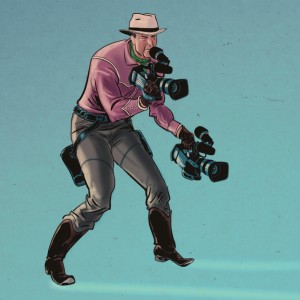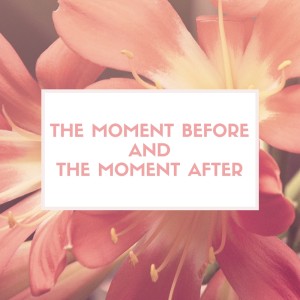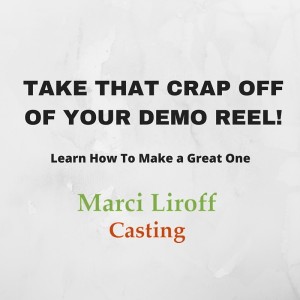 Illustration By : Nick Bertozzi
Illustration By : Nick Bertozzi
By Marci Liroff
If you’re in L.A. and haven’t RSVPd to my April Audition Bootcamp, take a moment and check it out. Only a few seats left!
As a casting director, producer, and acting coach, I read, on average, about 20 scripts a week. I’ve been doing this long enough to know that indie filmmaking has become the wild, Wild West. People who have no experience decide they’re going to make a movie, wave a wand over their heads, and call themselves a writer, producer, or director. Make sure you know who you’re jumping in bed with before you start the project.
Recently, I was sent a script from a newbie producer to see if I could help him attach talent. The script was mediocre, extremely predictable, and filled with tired dialogue. Worse yet, it was absolutely riddled with typos, incomplete sentences, bad grammar, and giant leaps of logic.
Rather than answer with my usual, “Sorry, it’s not my cup of tea. Best of luck to you,” I took the time to send him my detailed notes. He answered with a very curt, “Thanks for your feedback.”
Today I mistakenly received an email from him that was actually meant for the writer: “We will not be using this casting director, she was pretty arrogant with her comments. Sorry. But she brought up several errors we should clear up because she’s right and I didn’t even notice them before.”
I’m all for creating your own content. It’s a great way to get your work out into the marketplace and not wait to be asked to the party.
That said, just because you have a camera (or a laptop) doesn’t mean you should use it. Just because you have an idea doesn’t mean it’s fully formed and ready to go out into the world.
If you’re going to create your own product, make sure to surround yourself with the most creatively talented, like-minded people you can find.
I can’t imagine any other business where you’d send out your product in such a half-assed manner. When I read a script that has several typos on the first page, it gives me great pause. Didn’t anyone proofread this first? If I get to Page 30 and nothing has happened to set up or move the story forward, I stop reading. If you’re this careless in presenting your project, how can I be partners with you?
You need to vet the people with whom you’re working. I had a writer call me the other day to cast his film, and a simple Google search found that the producer was being sued by the financiers for lying about an actor being attached and forging contracts. I called the actor’s manager, a good friend, who confirmed that her client had never been involved in the production and the team had to send a cease and desist letter to get them to stop using the actor’s name in reference to their project. They had shot the film for several weeks and production was halted because the producer hadn’t paid the crew, vendors, or locations for two weeks. And they wanted me to hop on to this moving train wreck?
Another producer hired me to cast her small, self-financed indie film. After things started moving too fast for her (because of a looming start date that she had approved), she got cold feet and pulled the plug and decided not to pay anyone on the crew. (I later recouped for my time worked.)
Moral of the story? Ask a lot of questions. Unless the filmmakers are a known quantity with a history of professionalism, protect yourself and check out the people with whom you’re going to be working—and do a thorough search.
I’d love to hear your thoughts. Have you experienced this?
Like this article?
Help spread the word! Click to tweet!
Make sure to check out my new online course “How To Audition For Film and Television: Audition Bootcamp”. You can view it on your laptop or your mobile device and your subscription gives you lifetime viewing privileges for this course. I’ll be adding lectures throughout the year.
Warning: I grant permission to share my blog as written with no additions or deletions. Posting my blog is in no way an endorsement of another site unless you obtain my written consent.)





Recent Comments